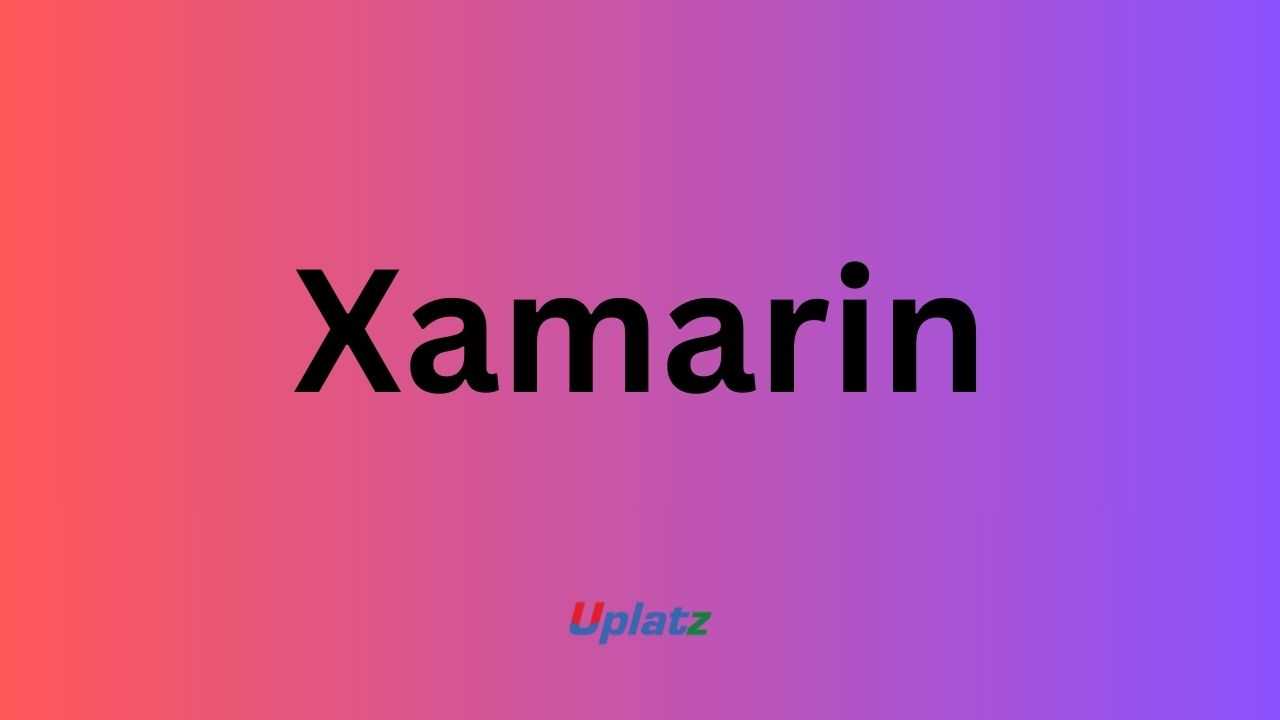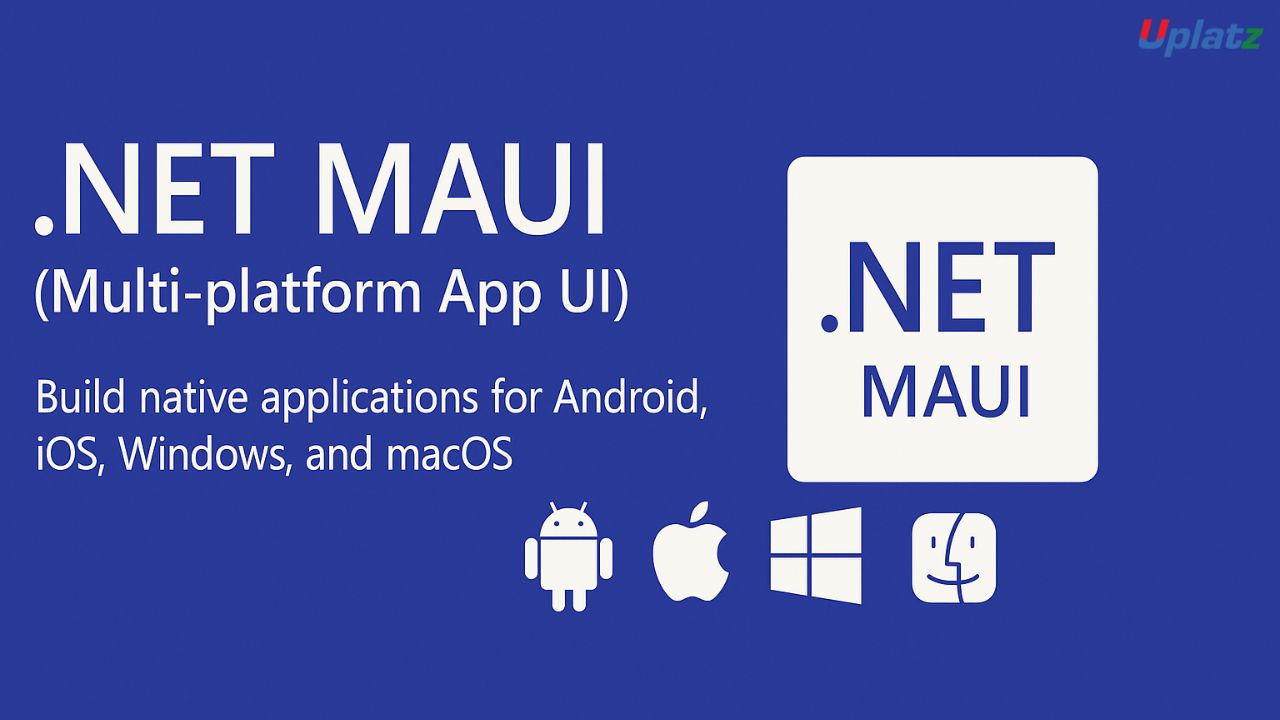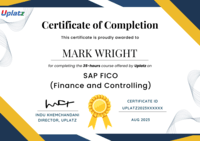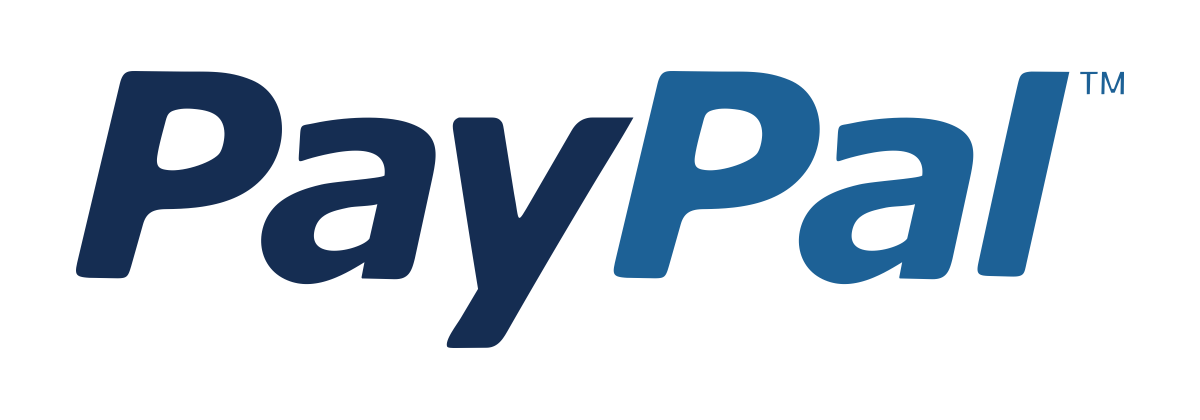Xamarin
Master Xamarin to build cross-platform mobile apps for iOS and Android using C# and .NET. Price Match Guarantee
Full Lifetime Access
Access on any Device
Technical Support
Secure Checkout
Course Completion Certificate
Price Match Guarantee
Full Lifetime Access
Access on any Device
Technical Support
Secure Checkout
Course Completion Certificate
 97% Started a new career
BUY THIS COURSE (
97% Started a new career
BUY THIS COURSE (GBP 12 GBP 29 )-
 87% Got a pay increase and promotion
87% Got a pay increase and promotion
Students also bought -
-

- .NET MAUI
- 10 Hours
- GBP 12
- 10 Learners
-

- Azure DevOps
- 10 Hours
- GBP 12
- 10 Learners
-

- Flutter
- 10 Hours
- GBP 12
- 10 Learners

Xamarin is a powerful cross-platform framework that enables developers to build fully native iOS and Android applications using C# and .NET. Instead of maintaining separate codebases for each platform, Xamarin allows developers to share business logic, APIs, and data models, dramatically reducing development time while preserving native performance and look-and-feel.
This Mastering Xamarin – Self-Paced Online Course by Uplatz provides a complete, project-based introduction to cross-platform mobile development. From setting up your first project to deploying production-ready mobile apps, you’ll learn how Xamarin leverages .NET and Visual Studio to simplify app development without sacrificing quality or user experience.
🔍 What is Xamarin?
Xamarin is an open-source framework built on the .NET ecosystem, originally developed by Xamarin Inc. and now maintained by Microsoft. It enables developers to write mobile applications in C# while accessing native SDKs, APIs, and device functionalities directly through a shared codebase.
Xamarin applications are compiled into native binaries, ensuring top-tier performance equivalent to apps written in Swift or Kotlin. With Xamarin.Forms, developers can build a single UI layer that adapts to both iOS and Android, while Xamarin.Native allows fine-grained platform-specific control for custom interfaces.
In essence, Xamarin delivers the best of both worlds — code reuse for speed and cost-efficiency, combined with true native performance for an excellent user experience.
⚙️ How Xamarin Works
Xamarin works by connecting the .NET runtime with the native platform APIs.
Here’s how the architecture functions:
-
Shared Codebase: Core logic, data models, and services are written once in C# and reused across platforms.
-
Xamarin.iOS & Xamarin.Android: Provide platform-specific bindings for each mobile OS, allowing access to native APIs and SDKs.
-
Xamarin.Forms: Offers an abstraction layer for creating user interfaces with XAML that automatically render as native UI components.
-
Compilation Process: Xamarin compiles the code into native ARM or x86 binaries, delivering high performance without an interpreter layer.
-
Integration & Tooling: Works seamlessly with Visual Studio, Azure, and NuGet for libraries, CI/CD, and cloud connectivity.
This combination allows developers to maintain a unified project structure while fine-tuning for each platform when needed.
🏭 How Xamarin is Used in the Industry
Xamarin is widely used by startups, enterprises, and independent developers to build cost-efficient, high-quality mobile applications across multiple platforms. Companies such as UPS, Alaska Airlines, Olo, and Siemens have adopted Xamarin to accelerate delivery cycles without compromising native quality.
Common use cases include:
-
Enterprise mobility apps for internal operations or field services.
-
E-commerce applications with shared business logic across Android and iOS.
-
Healthcare and IoT solutions that leverage device sensors and APIs.
-
Fintech and banking apps requiring high performance and security.
-
Cross-platform MVPs and prototypes for startups validating ideas quickly.
By enabling a “write once, run anywhere natively” approach, Xamarin empowers organizations to balance speed, scalability, and reliability — a crucial advantage in modern app delivery pipelines.
🌟 Benefits of Learning Xamarin
Learning Xamarin offers multiple benefits for developers and teams:
-
Cross-Platform Efficiency: Build once, deploy anywhere — reduce duplication and accelerate delivery.
-
Native Performance: Get the responsiveness of native apps without rewriting code.
-
Shared Skillset: C# and .NET knowledge directly apply to mobile development.
-
Cost Savings: One team can handle both iOS and Android development.
-
Strong Ecosystem: Backed by Microsoft, integrated with Visual Studio and Azure.
-
High Demand: Xamarin developers are sought after for enterprise app projects.
-
Scalability: Ideal for small prototypes and large enterprise mobile solutions alike.
Mastering Xamarin allows developers to transition from traditional .NET roles into mobile engineering — one of the most dynamic and rewarding areas of software development today.
📘 What You’ll Learn in This Course
This hands-on course covers everything from setup to deployment, ensuring you understand both core concepts and real-world implementation. You’ll learn to:
-
Understand Xamarin architecture and project organization.
-
Build cross-platform mobile apps using shared C# codebases.
-
Create beautiful, responsive interfaces with Xamarin.Forms.
-
Access native APIs, sensors, and device features.
-
Integrate REST APIs, SQLite databases, and cloud services.
-
Implement authentication and data persistence for real apps.
-
Test, debug, and profile applications using Visual Studio tools.
-
Deploy apps to the App Store and Google Play.
-
Apply best practices for maintainability and performance.
Each module includes step-by-step coding sessions, exercises, and practical projects that mirror professional app development workflows.
🧠 How to Use This Course Effectively
To make the most of your learning experience:
-
Start with Setup: Install Visual Studio with Xamarin workloads and configure emulators.
-
Learn by Doing: Follow the coding demonstrations and build small apps after each concept.
-
Focus on Xamarin.Forms: Understand how shared UI design accelerates development.
-
Explore Platform-Specific Features: Use Xamarin.Android and Xamarin.iOS to customize deeper native experiences.
-
Integrate APIs & Databases: Connect your app to real data sources and services.
-
Deploy Early: Test on physical devices or emulators and publish sample apps.
-
Revisit Advanced Topics: Performance optimization, MVVM pattern, and enterprise-grade architecture.
-
Complete the Capstone: Build and deploy a fully functional mobile app portfolio project.
👩💻 Who Should Take This Course
This course is ideal for:
-
.NET Developers expanding into mobile app development.
-
Mobile Developers looking for cross-platform productivity.
-
Full-Stack Engineers adding mobile delivery to their skillset.
-
Students & Graduates learning C# and mobile app fundamentals.
-
Startups & Enterprises adopting Xamarin for faster go-to-market delivery.
Whether you’re building your first app or optimizing enterprise-grade solutions, this course adapts to your pace and experience level.
🧩 Course Format and Certification
The Mastering Xamarin Course is completely self-paced and includes:
-
HD video lessons with guided examples.
-
Downloadable code templates and exercises.
-
Quizzes and checkpoints for concept validation.
-
Mini-projects and a capstone app project.
-
Community access for discussion and troubleshooting.
After successful completion, you’ll receive a Course Completion Certificate from Uplatz — recognizing your proficiency in cross-platform mobile app development using Xamarin and .NET.
🚀 Why This Course Stands Out
-
Practical, Hands-On Learning: Build and deploy real mobile apps.
-
Microsoft Ecosystem Alignment: Learn technologies aligned with .NET MAUI and Azure.
-
Cross-Platform Expertise: Develop for Android and iOS from a single codebase.
-
Career Growth: Opens doors to roles in mobile, .NET, and cross-platform engineering.
-
Future-Ready: Provides a foundation for migrating to .NET MAUI and hybrid frameworks.
By mastering Xamarin, you’ll be equipped to create professional-grade mobile applications that perform flawlessly across devices and platforms.
🌐 Final Takeaway
In a world where mobile presence defines business success, Xamarin bridges the gap between productivity and performance.
This Mastering Xamarin Course by Uplatz gives you everything you need to design, develop, and deploy powerful cross-platform apps with the efficiency of shared .NET code.
You’ll gain not only technical proficiency but also the architectural understanding to scale mobile solutions for enterprise environments. Whether you’re entering mobile development or enhancing your existing skills, this course will empower you to deliver fast, native, and reliable applications — all from a single codebase.
Start learning today and build the mobile apps of tomorrow with Xamarin.
By completing this course, learners will:
-
Set up and configure Xamarin projects.
-
Build cross-platform apps with C# and Xamarin.Forms.
-
Use layouts, controls, and styles in shared UI.
-
Access device APIs (camera, GPS, notifications).
-
Integrate APIs, authentication, and storage.
-
Publish apps to Google Play and Apple App Store.
Course Syllabus
Module 1: Introduction to Xamarin
-
What is Xamarin?
-
Xamarin vs .NET MAUI vs native development
-
Setting up Visual Studio and SDKs
Module 2: Xamarin Project Structure
-
Xamarin.iOS and Xamarin.Android projects
-
Shared code and platform-specific code
-
Xamarin.Forms overview
Module 3: Building UIs with Xamarin.Forms
-
Pages, layouts, and controls
-
Data binding with MVVM
-
Styling and theming
-
Creating responsive UIs
Module 4: Accessing Device Features
-
Camera, GPS, and sensors
-
Notifications and permissions
-
Secure storage and file system
-
Using Xamarin.Essentials
Module 5: Data & Backend Integration
-
REST APIs with HttpClient
-
Authentication flows
-
Local databases with SQLite
-
Cloud integration with Azure and Firebase
Module 6: Testing & Debugging
-
Debugging Xamarin apps
-
Unit and UI testing
-
Hot reload in Xamarin.Forms
-
Performance profiling
Module 7: Deployment
-
Building APKs and AABs for Android
-
Deploying iOS apps to TestFlight/App Store
-
Store requirements and certificates
-
CI/CD pipelines for Xamarin apps
Module 8: Real-World Projects
-
To-do app with cloud sync
-
Weather app with geolocation and API integration
-
Fitness tracker with sensors and notifications
-
E-commerce app with SQLite + REST API
Module 9: Best Practices & Migration
-
Clean architecture and MVVM in Xamarin
-
Performance optimization techniques
-
Migrating from Xamarin.Forms to .NET MAUI
-
The future of cross-platform .NET development
Learners will receive a Certificate of Completion from Uplatz, validating their expertise in Xamarin and mobile app development. This certification demonstrates readiness for roles in mobile development and full-stack engineering.
Xamarin skills prepare learners for roles such as:
-
Mobile App Developer (.NET-based)
-
Cross-Platform Developer (iOS + Android)
-
Full-Stack Engineer (with .NET backend + Xamarin frontend)
-
Enterprise App Developer (Microsoft ecosystem)
-
Software Engineer (hybrid app solutions)
Xamarin is widely used in enterprise applications and Microsoft-focused organizations, though newer projects are increasingly migrating toward .NET MAUI.
1. What is Xamarin?
A cross-platform framework for building native iOS and Android apps with C# and .NET.
2. What is Xamarin.Forms?
A UI framework that allows developers to build shared UIs for iOS and Android using XAML.
3. How does Xamarin differ from .NET MAUI?
Xamarin has separate projects per platform, while MAUI unifies them into a single project with modern tooling.
4. What programming languages are used in Xamarin?
C# for business logic and XAML for UI design in Xamarin.Forms.
5. What is Xamarin.Essentials?
A library providing cross-platform APIs for device features like camera, GPS, storage, and sensors.
6. Can Xamarin access native APIs?
Yes, through Xamarin.iOS, Xamarin.Android, or custom bindings.
7. What databases can Xamarin apps use?
SQLite, Entity Framework Core, and cloud-based databases (Azure, Firebase).
8. What are the benefits of Xamarin?
-
Shared codebase
-
Native performance
-
Access to device APIs
-
Strong Microsoft ecosystem integration
9. What are challenges with Xamarin?
-
Larger app size compared to native apps
-
Slower UI rendering in some cases
-
Learning curve for platform-specific customization
10. Where is Xamarin being adopted?
By enterprises and developers in the Microsoft ecosystem, though many are transitioning to .NET MAUI.









